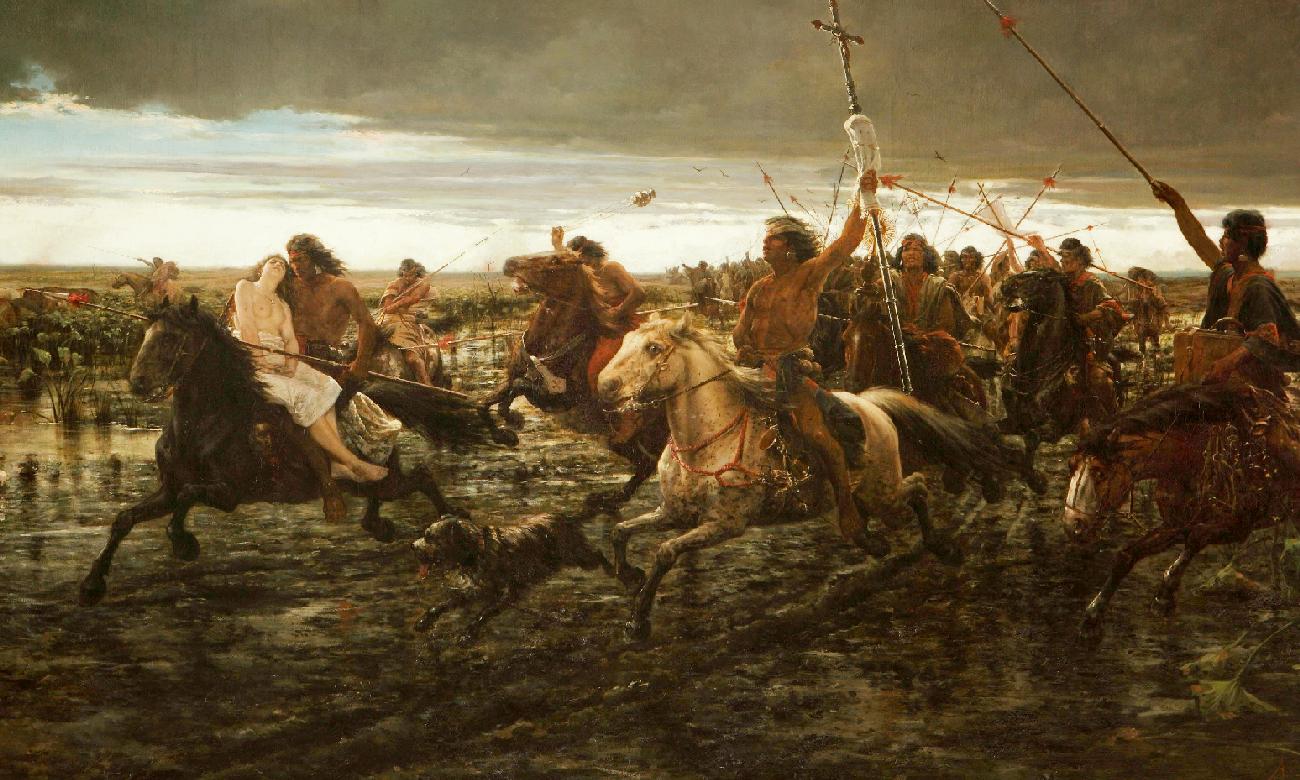
Figure 1.--This painting by Argentine artist Ángel Della Valle was entitled 'The return of the malón/ La vuelta del malón (!892). Malón meant a Mapuche raid. |

|
The Mapuche are today the most numerous Amer-Indian trible in South America. They numbere some 1.4 milliom at the turn of the 21st century. No one knows about their population before the Soanish cpnquest. The Mapuche dominated southern Chile with a smaler group across the Andes in Argentina. Historins referred to themn as the Araucanians. They lived in scattered throughout the Central Valley of Chile. They ppear to hve been a hunter-gather group. It is uncker yo wht extent they had develooped afruculture. Each small settlement had a cacique (chief), whose authority did not generally extend beyond his own village. There was no central orhnization. The Spanish identified three groups: Picunche, Mapuche, and Huilliche. Each and various sub-groups shared the Mapudungun language, along with a wide range of customs and traditions. The heartland of the Mapuche was the Fertile land betweem Itata and Toltén rivers, in Chile’s south-central zone. Today they inhabit the Central Valley of Chile, south of the Biobío River. There is a smaller group living in Neuquén provincia, west-central Argentina. Archaeologists have found evidence that of Mapuche presence as early as (600-500 BC ). This was long befor the rise of the Inca in Peru and Bolivia to the north. AAnd with the rise of the Inca, the Mapuche were a rare tibe that sucessfullly resisted them. The Inca built the greatesr Amer-Indian empire, but never penetrated into what is now central Chile. The Spanish Conquistadoires conquered the vast Incan Empire (1530s). Conquistador led by Pedro de Valdivia drove south and founded Santiago. He then headed into southern Chile. The Spanish founded cities within Mapuche territory. The Mapuche resisted fiercly. Conflicts between the Spanish ancd Mapuche resisted for 350 years -- the Arauco War. Their social organization worked both against and for them. Division among family clans meant that they were unavkle to iorgnize a ujnified resistannce. This divisio, however, made it impossible to defeat then one blow as they dud in with the Inca and Aztecs. No sooner had the Spanish put down a Mapuche uprising, another would surfce in a different location. Many Mapuche were killed. As with other Amer-Indians, European diseases were a major factor. The Spanish were unable to totally defeat them. Resisance continued. They attacked the Spanish forts and cities in southern Chile with some success. The Mapuche continued to control south-central Vhile. The Spanish nver defeated them. Neither did Chilean armies after indeondence defeat them. Only with the advent of modern weaponry did the Chilean forces finally occupyed Araucanía (1882). The result was famine and disease. The population collspsed. The Chileans forced the Mapuche off their land. Assimilating into Chilean society was necessary to survive. Some 10 percent of Chileans today identify as Mapuche nf mny more hsve some Amer-Indjian ncestry.
Navigate the Children in History Website:
[Return to the Main South American Native American page]
[Return to the Main Native American page]
[Introduction]
[Activities]
[Biographies]
[Chronology]
[Clothing styles]
[Countries]
[Bibliographies]
[Contributions]
[Essays]
[FAQs]
[Glossaries]
[Images]
[Links]
[Registration]
[Tools]
[Boys' Clothing Home]
